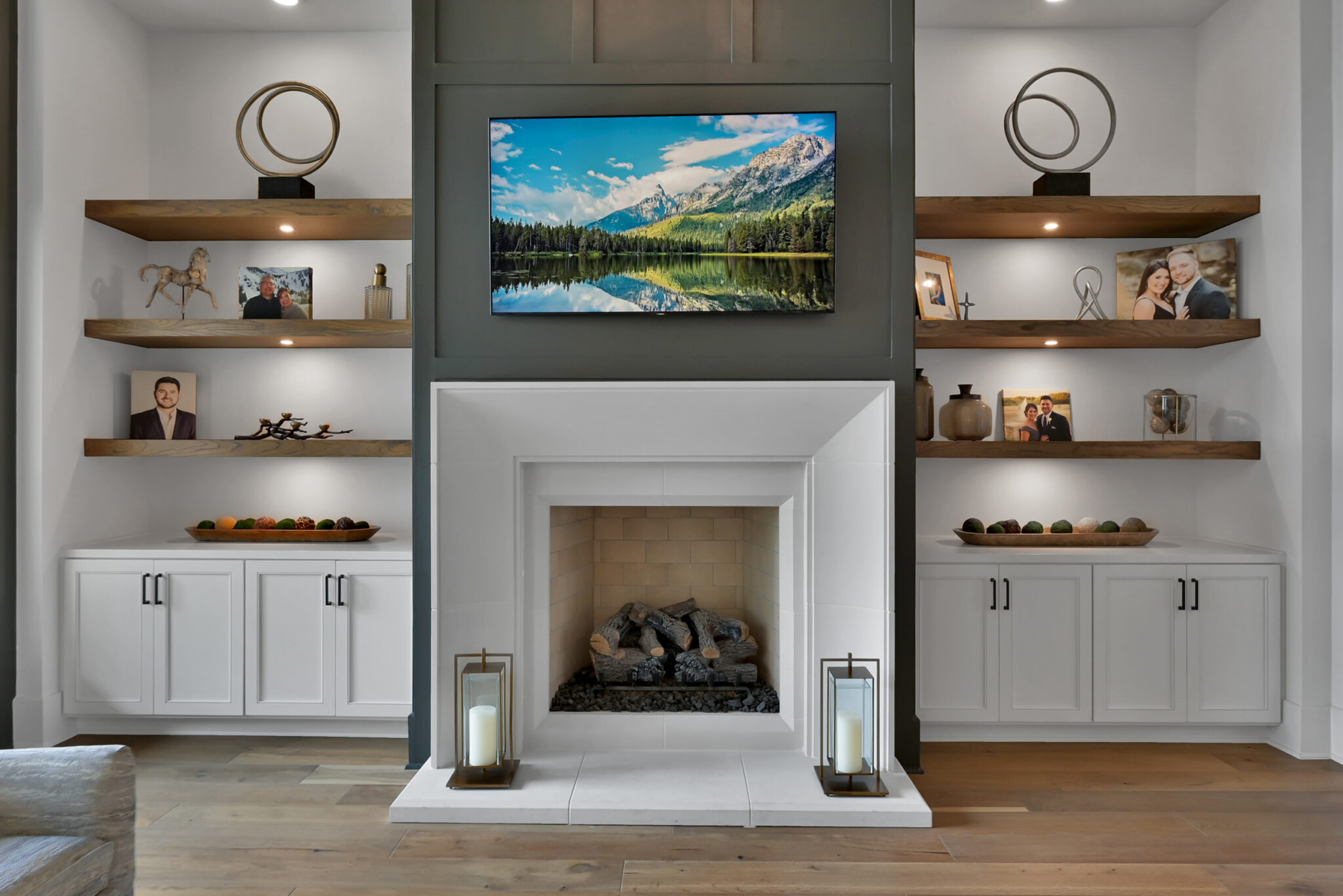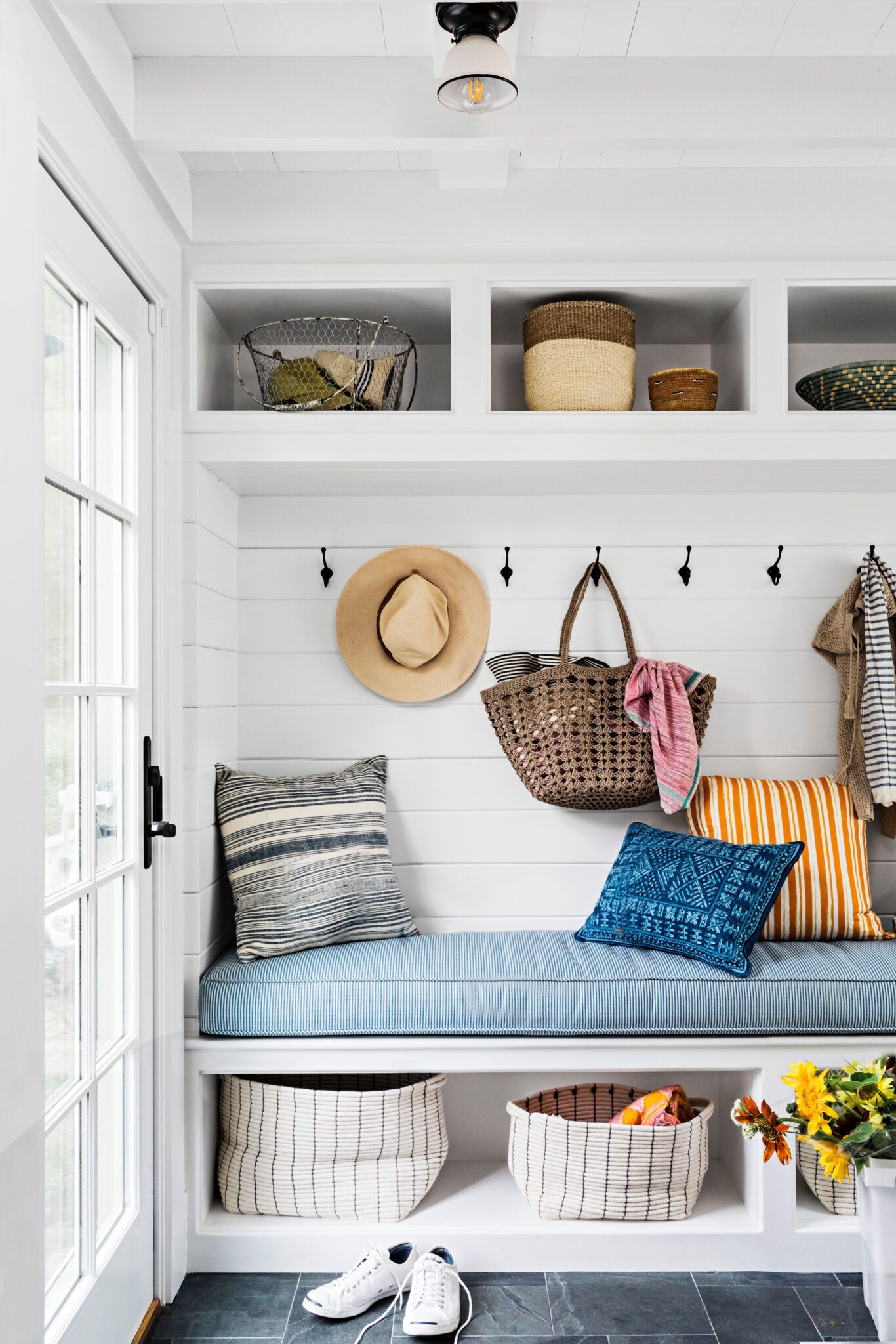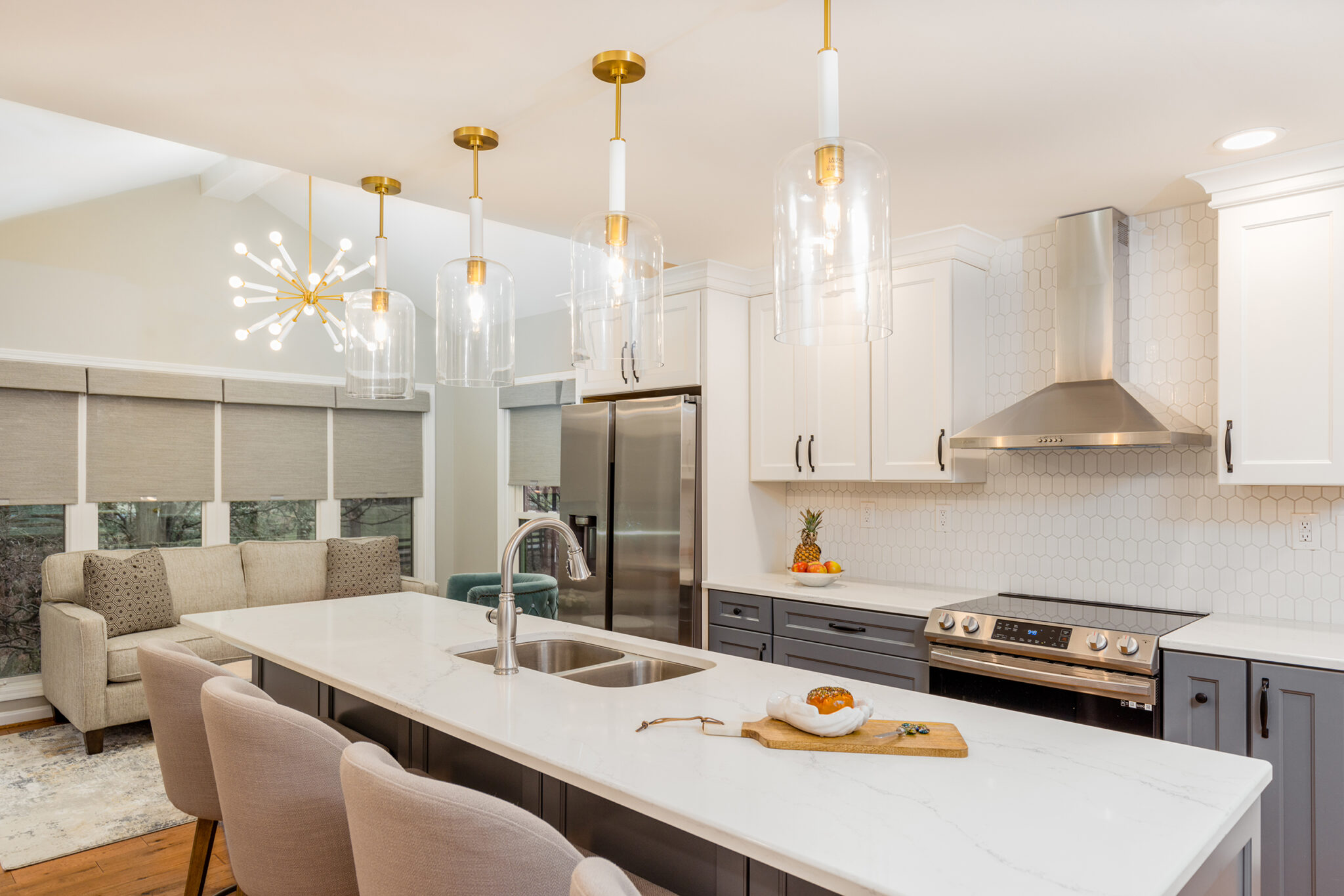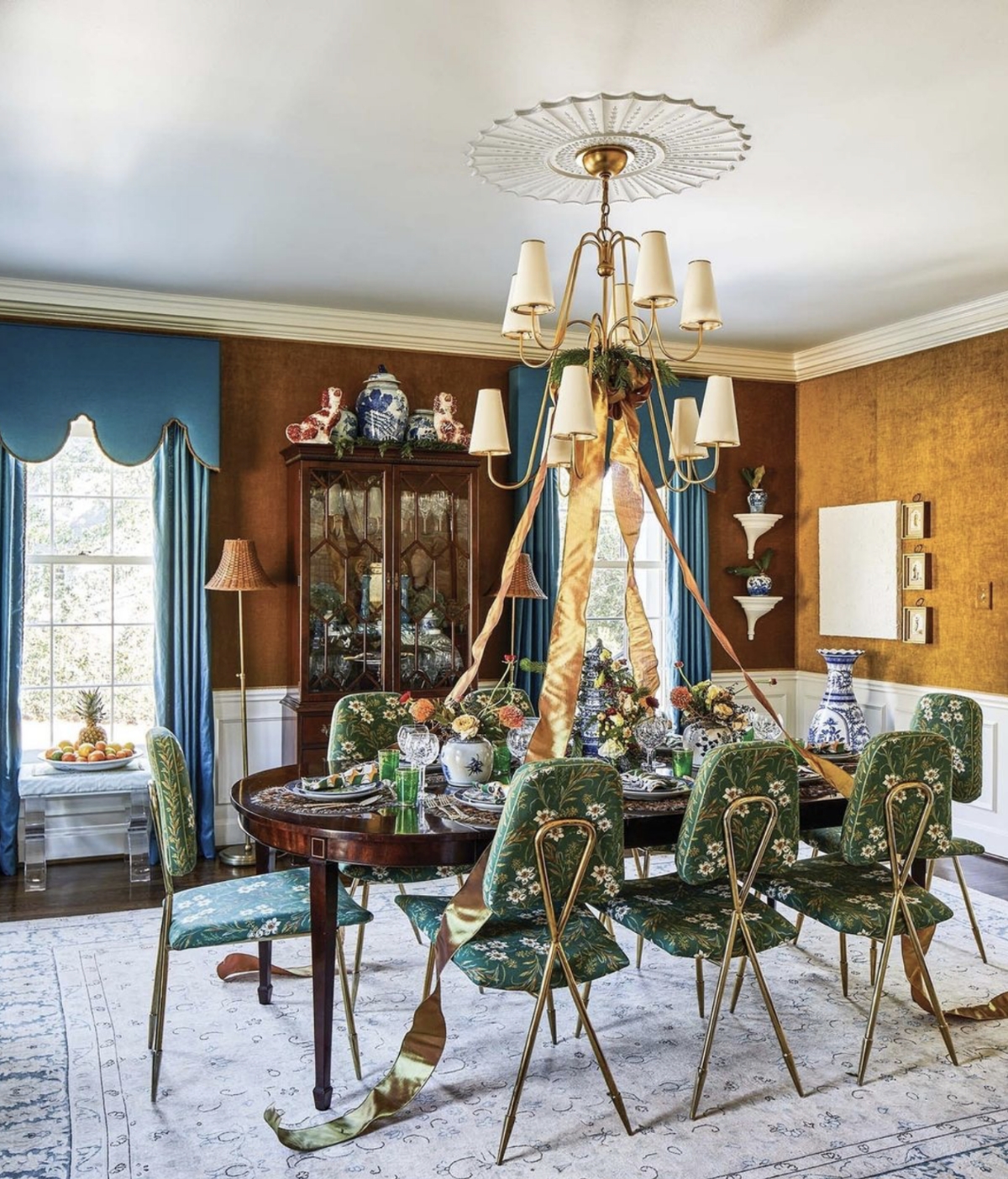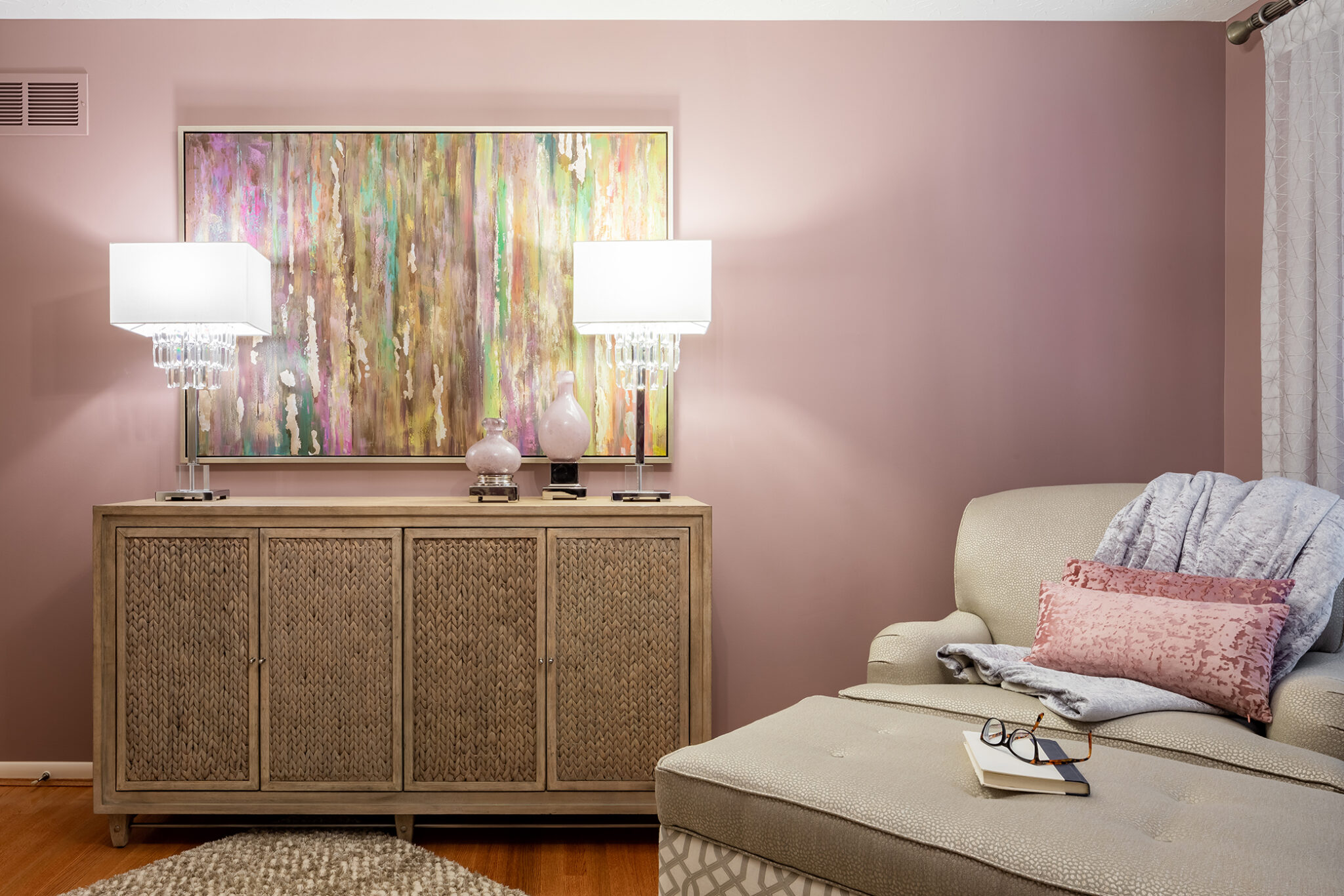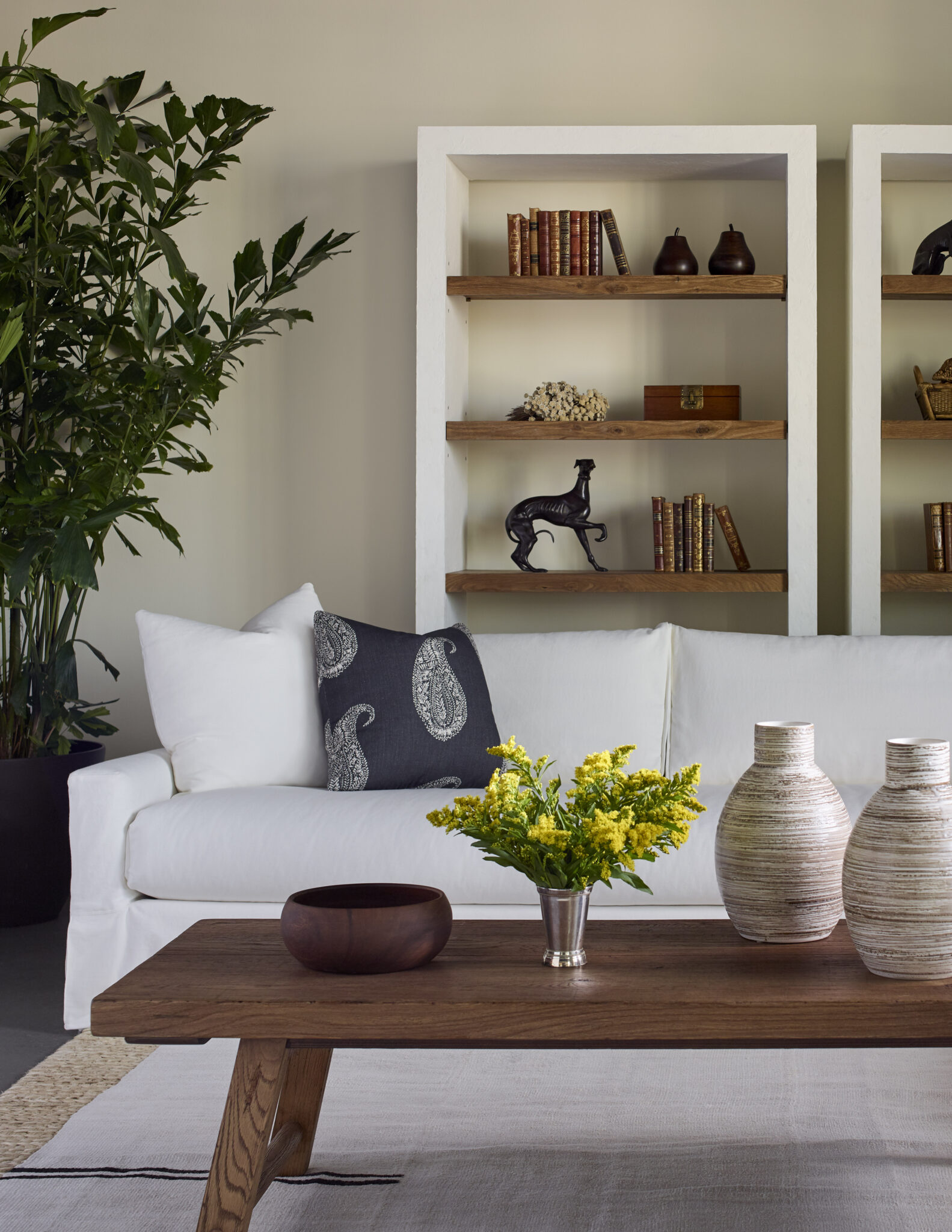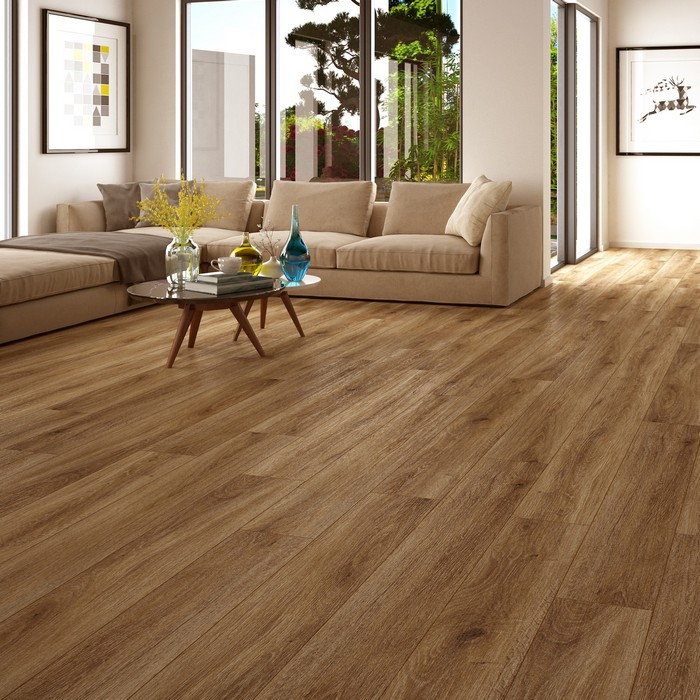
- Balancing space and comfort in interior design can be achieved through understanding the flow of the space, strategic furniture placement, proper positioning of doors and windows, and the functionality of each room.
- Using color and light effectively can create the desired atmosphere in a room, and the use of furniture can drastically alter a room’s spatial perception and comfort level.
- Storage solutions should work seamlessly with your living space, and personal touches can infuse warmth into a space while also reflecting your personality.
Merging Space and Comfort in your Home Design
The process of balancing space and comfort in your home is not a simple task. I often compare it to a dance, where space and comfort move in tandem. Too much space can echo emptiness, while too little triggers feelings of confinement. It’s a delicate equilibrium that requires a thoughtful approach, and as an experienced interior designer, I have honed the craft.
Certain aspects of design can enhance the perception of space without sacrificing comfort. Clever use of color, lighting, and furniture placement are key. For example, lighter hues and strategic lighting can make a room appear larger. Likewise, smart furniture arrangement can optimize space while ensuring comfort. Remember, each home is unique, and what works for one might not work for another. Personalization is paramount in this dance of space and comfort.
But how do you know if you’ve struck the right balance? A home that feels welcoming yet spacious hits the mark. It’s a place where you can breathe and unwind, without feeling overwhelmed or confined. It’s a challenge I love, and I’m excited to share my insights with you. If you need advice or have questions, don’t hesitate to contact me. Now, let’s explore the art of balancing space and comfort in more detail.
Harmonizing Space and Comfort Through Strategic Design
 Understanding Flow in Interior Design
Understanding Flow in Interior Design
The essence of striking a balance between space and comfort lies in grasping the concept of flow. Flow is the invisible pathway that directs movement within a space. It influences the functionality and comfort of your home. A well-thought-out flow navigates individuals effortlessly from one area of the house to another. It eliminates the possibilities of unavoidable obstacles or crowded spaces.
Importance of Furniture Placement
Furniture placement is a vital element in designing a good flow. The positioning of your furniture can enhance or impede the flow. A well-arranged furniture layout allows for easy navigation, thus increasing comfort. It ensures that there is no congestion or awkward spaces. Consider the size, shape, and function of your furniture before placement.
Effect of Doors and Windows Positioning
Another crucial aspect of flow is the positioning of doors and windows. They play a significant role in directing movement within a space. Proper placement of doors and windows not only improves the flow but also ensures optimal natural light. They should be positioned in a way that enhances seamless movement from one room to another.
The Functionality of Each Room
The function of each room should dictate its design. It is fundamental to understand the purpose of each room before beginning the design process. This understanding ensures that the design complements the room’s function, hence enhancing the flow. Remember, a functional room design contributes to a comfortable and efficient home.
Transitioning to the Next Design Element
After mastering the art of flow in interior design, it’s time to explore the next design element – color. Color can either make or break your design. It sets the mood and adds depth to your space. In the following section, we delve into the world of color and its impact on interior design.
The Intricate Dance of Space, Comfort, and Color
 Power of Color
Power of Color
Color possesses a potent influence over our perception of space. Light hues, such as pastels and neutrals, expand a room visually. By reflecting light, they create an illusion of spaciousness. Conversely, dark shades, like navy blue or burgundy, absorb light. This absorption shrinks the space visually, invoking an intimate, cozy feeling.
Strategic Use of Dark and Light Colors
You can employ a strategic mix of light and dark shades to balance space and comfort. For example, use light colors on large surfaces like walls and ceilings. Then, introduce dark colors through furniture and decor. This approach maintains the room’s spacious feel while adding cozy elements.
Impact of Lighting
Lighting, another vital element, works hand in hand with color to shape a room’s atmosphere. A well-lit room feels larger and more open. On the other hand, a dimly lit room has a snug, intimate vibe. You can manipulate lighting to enhance the feeling of space or intimacy.
Layering Light
Layering different types of light can help achieve a balanced atmosphere. Combine ambient, task, and accent lighting to create depth and contrast. This mix can make a room feel both spacious and cozy, depending on the intensity and placement of the lights.
Creating the Desired Atmosphere
 Designing a room isn’t about strictly choosing between spaciousness and coziness. Instead, it is about creating the desired atmosphere using color and light. You can strike a balance that suits your needs, tastes, and the function of the room. With the right combination, you can create a space that feels both expansive and inviting. This delicate balancing act is the essence of good interior design.
Designing a room isn’t about strictly choosing between spaciousness and coziness. Instead, it is about creating the desired atmosphere using color and light. You can strike a balance that suits your needs, tastes, and the function of the room. With the right combination, you can create a space that feels both expansive and inviting. This delicate balancing act is the essence of good interior design.
Now, let’s move forward to discuss another key aspect of interior design: texture.
Achieving the Perfect Balance between Space and Comfort in Interior Design
Understanding Furniture’s Role
Furniture indeed plays a pivotal role in balancing space and comfort. It’s not just about the size and shape, but also about the arrangement. A room’s spatial perception can change drastically based on your furniture. For example, a large, bulky sofa might make a room feel smaller, yet cozier.
Large Furniture’s Impact
Large furniture, while often cozy, can make a room feel more confined. They occupy more physical space, reducing the room’s apparent size. However, they often add a sense of warmth and comfort, making a room feel homely and inviting.
Impact of Sleek, Minimalist Furniture
On the contrary, sleek, minimalist furniture can create a different atmosphere. Such pieces, with their clean lines and smaller footprints, can enhance the feeling of spaciousness. However, they might also contribute to a room feeling more impersonal or clinical.
Finding Your Personal Balance
Ultimately, the art of interior design lies in finding the balance that suits your personal taste. It’s about aligning the function of the room with the choice of furniture, achieving a harmony between spaciousness and comfort.
Transitioning to the Next Element
Once you’ve found your balance with furniture, we can look at other elements. In the next section, we’ll discuss the important role of color and lighting in shaping a room’s ambience.
Mastering the Art of Storage and Space Optimization
Intertwining Storage and Functionality
Storage forms a critical part of any interior design. More than hiding clutter, storage solutions should work seamlessly with your living space. This calls for creativity and resourcefulness. Instead of relying solely on closets and cupboards, consider other functional pieces. Ottomans with built-in storage, for example, provide utility and style.
Utilizing Vertical Space
Often, homeowners neglect the potential of vertical space. Wall shelves serve as a prime example of this underutilization. These structures not only offer storage but also add an appealing aesthetic to your rooms. They create a sense of height and openness, making rooms feel larger.
The Magic of Multi-purpose Furniture
Multifunctional furniture can also help optimize space. A classic example is a sofa bed, which serves dual purposes without occupying extra space. Similarly, coffee tables with storage or extendable dining tables can adapt to your changing needs while maintaining a tidy appearance.
Creating Hidden Storage
Hidden storage is another effective strategy. Consider utilizing spaces under your bed or stairs, or even building cabinets into the wall. These solutions ensure your belongings are out of sight, creating a clutter-free ambiance.
Striking the Balance
Remember, the goal isn’t just to hide everything away. It’s about balancing your needs for space and comfort. Storage should enhance your living experience, not hinder it. Make your items easily accessible, yet neatly stored away. This way, you can transition smoothly to the next part of your day, just as we transition to our next topic. Keep reading for more insights.
Fusing Personal Touches with Space and Comfort
Incorporating Personal Items
Personal touches infuse warmth into space. They can transform ordinary rooms into comfortable havens. Family photos, for instance, can evoke a sense of belonging. They tell a story, adding depth and character to the decor.
Artwork and Heirlooms
Art pieces also contribute to the comfort of a space. A favorite painting can stir emotions, making the space feel alive. Heirlooms, on the other hand, add a touch of nostalgia. They bring forth memories, enhancing the comfort and warmth of the room.
Uniqueness and Personality
These personal items foster uniqueness in your space. They reflect your personality, making the space truly yours. A room decorated with personal items feels more inviting. It beckons you to relax and unwind after a long day.
Balance and Harmony
However, it’s crucial to strike a balance. An overly cluttered room can feel chaotic. Strive for a harmonious blend of personal items and space. This balance creates a comfortable, pleasing environment. Remember that your personal touches play a crucial role. They are the building blocks to a comfortable, inviting home.
With the art of interior design, you can transform a simple space into an inviting, comfortable haven. Contact me to bring this balance to your home in Farmington Valley. The right blend of space and comfort can create an environment that is not only visually appealing but also functionally efficient.
Never underestimate the power of design. It can breathe life into your home and make it a sanctuary of comfort. To stay updated with more interior design tips, sign up for my newsletter. Remember, every home should be a reflection of the people living in it. I look forward to helping you create yours.

